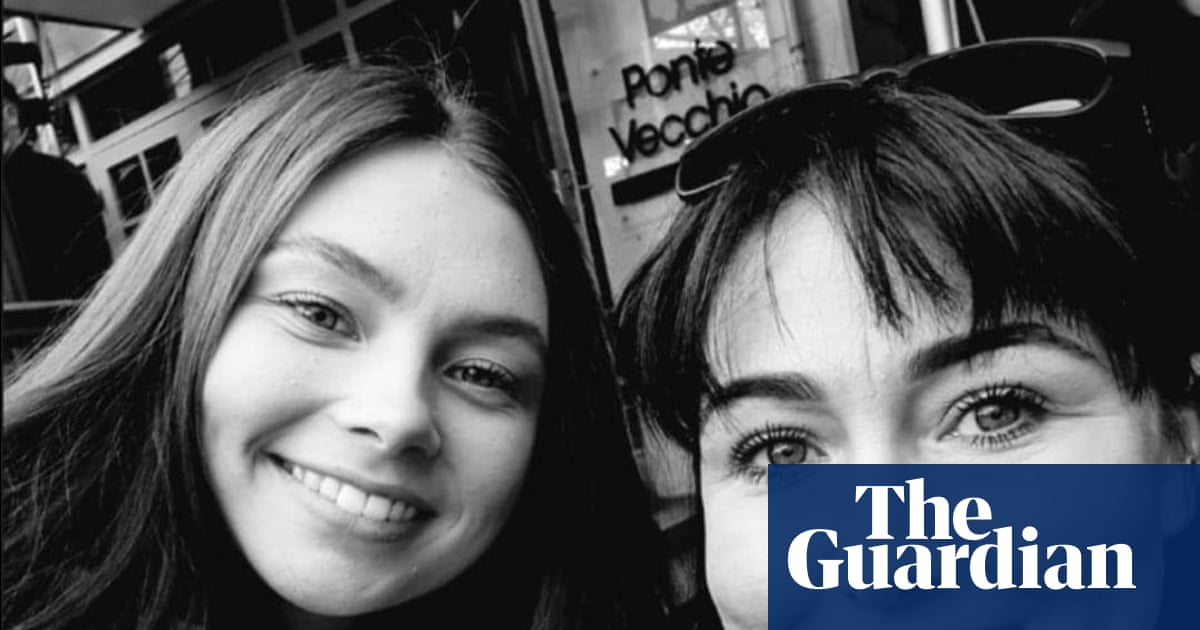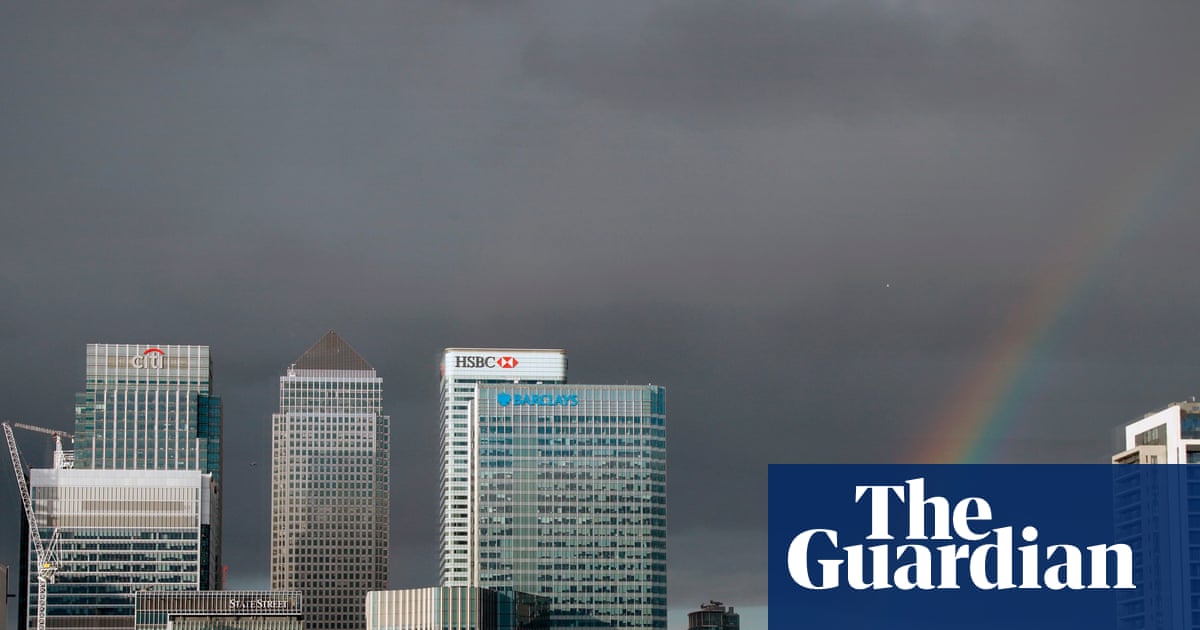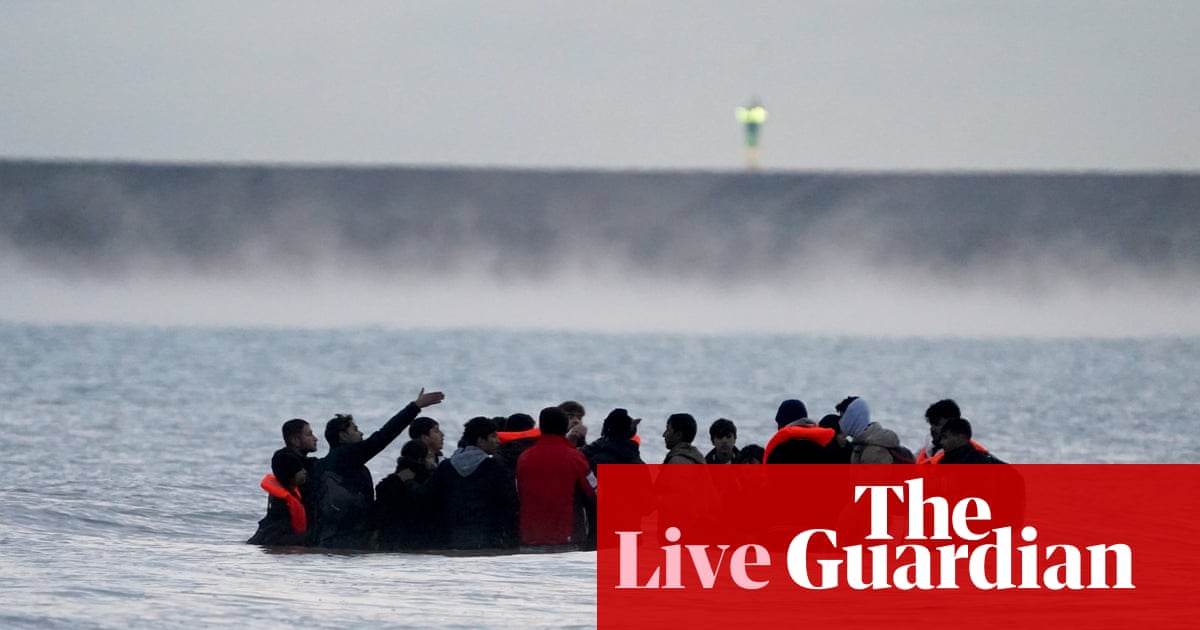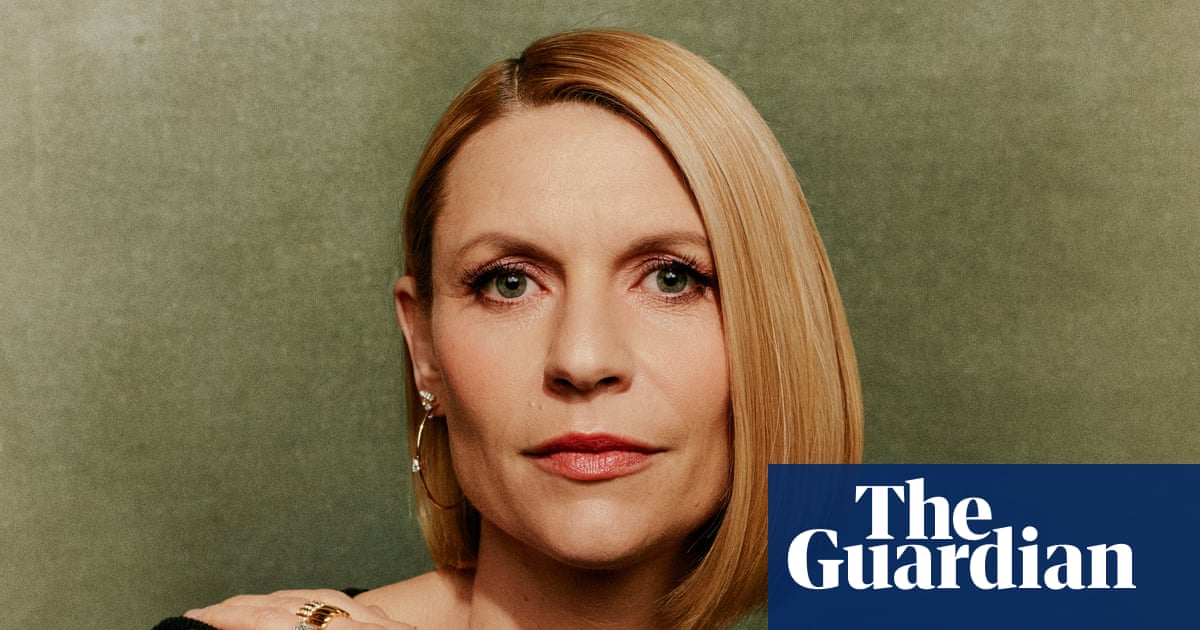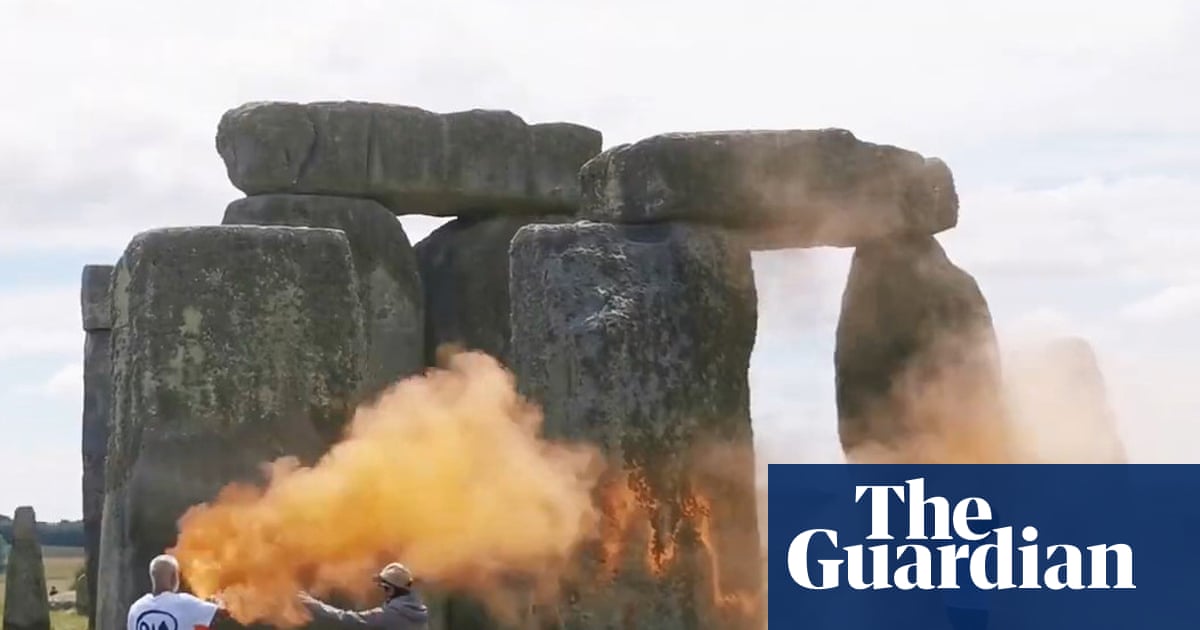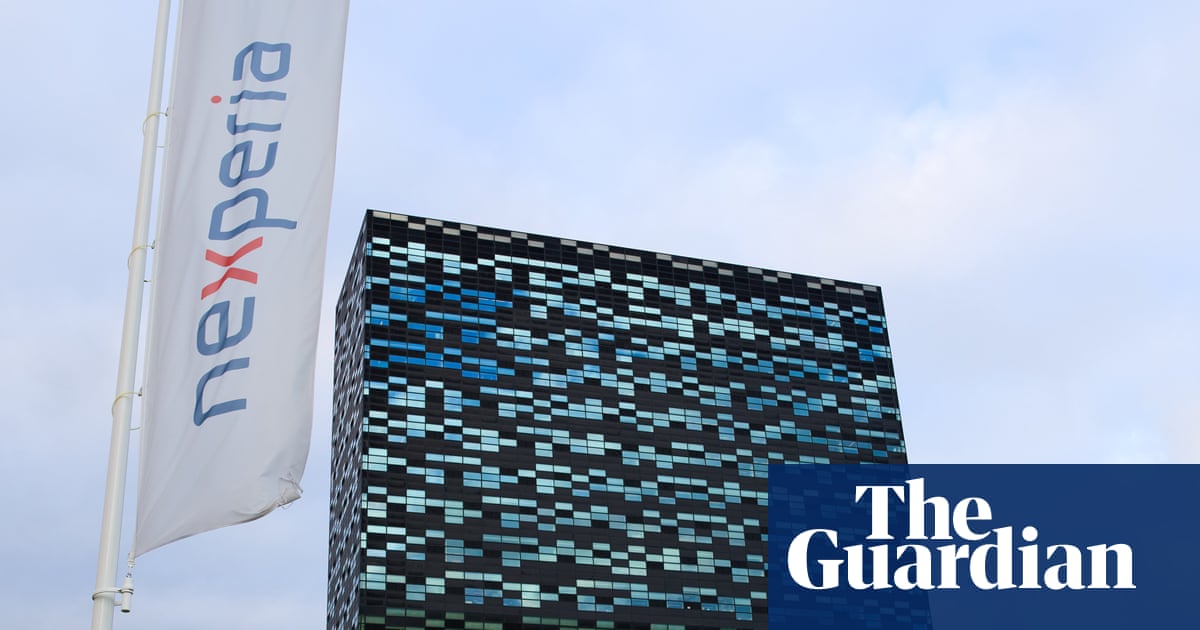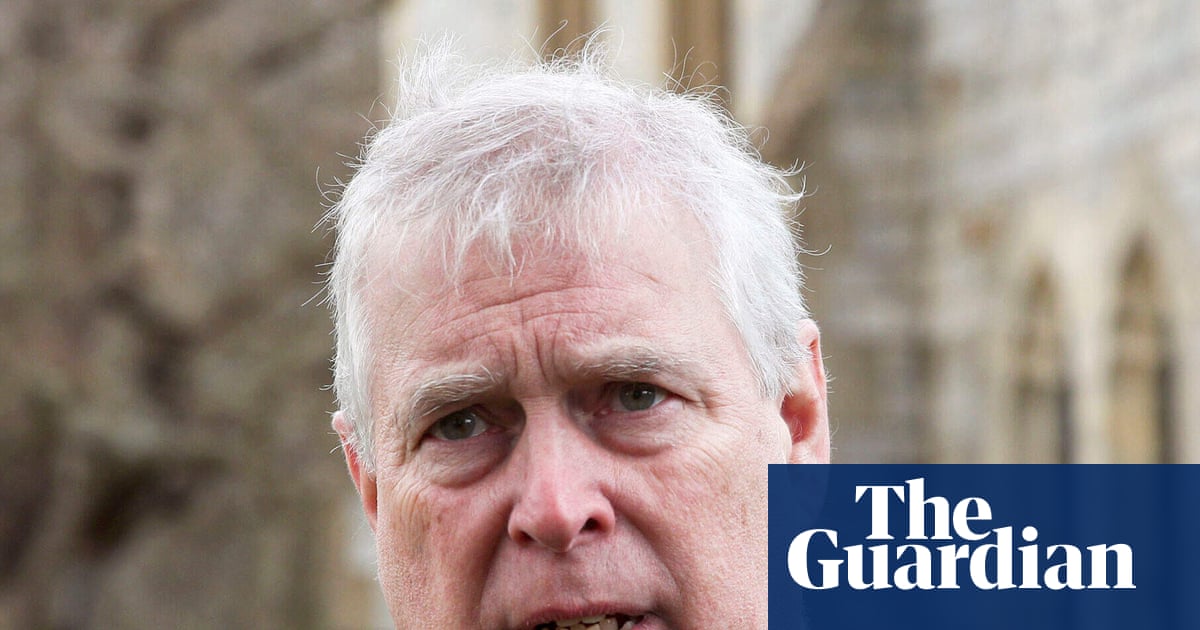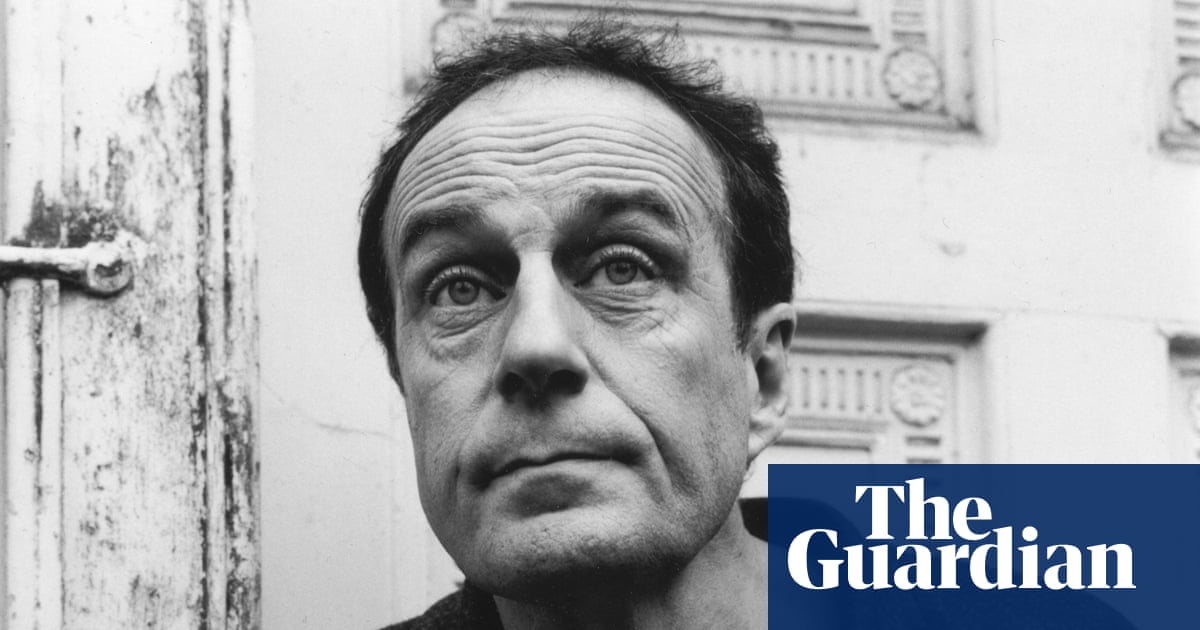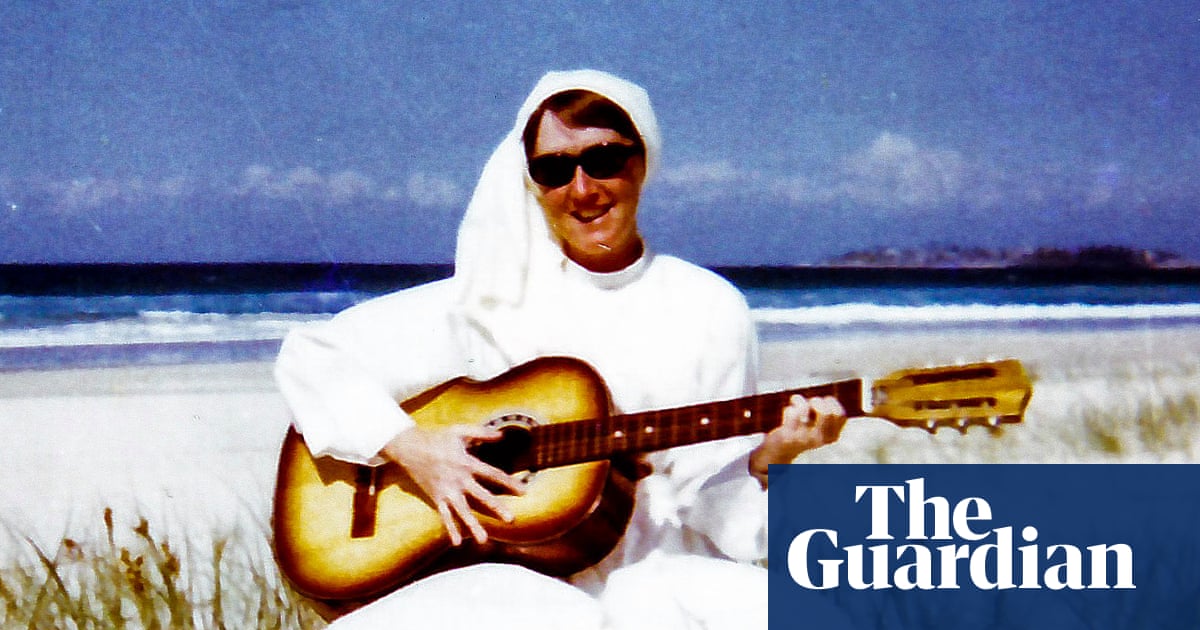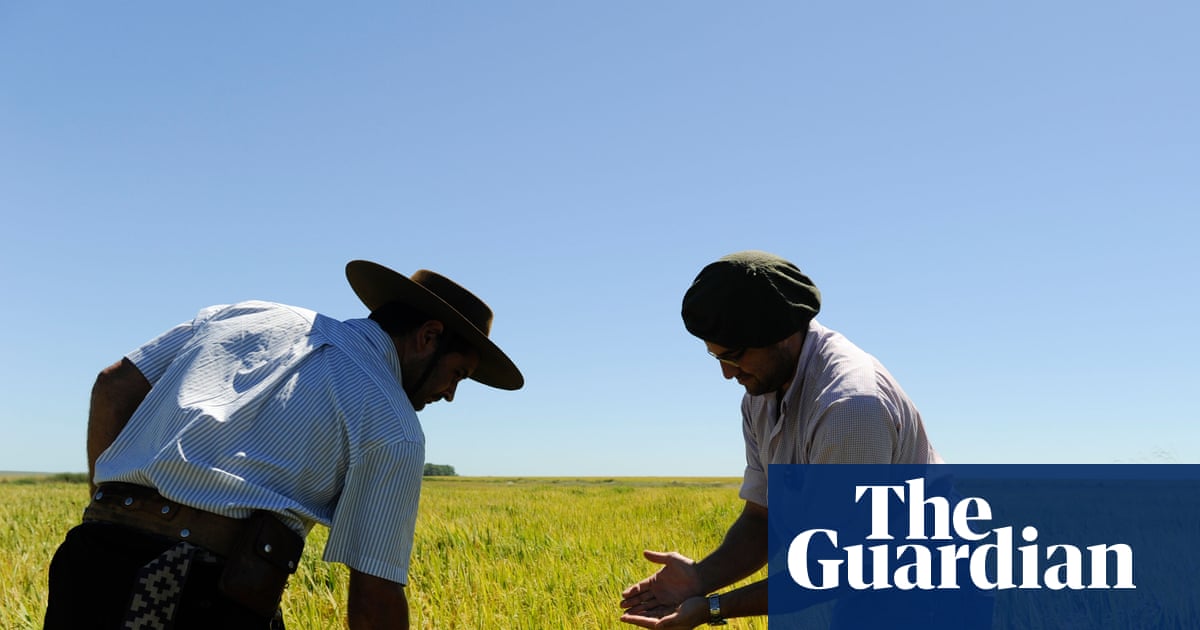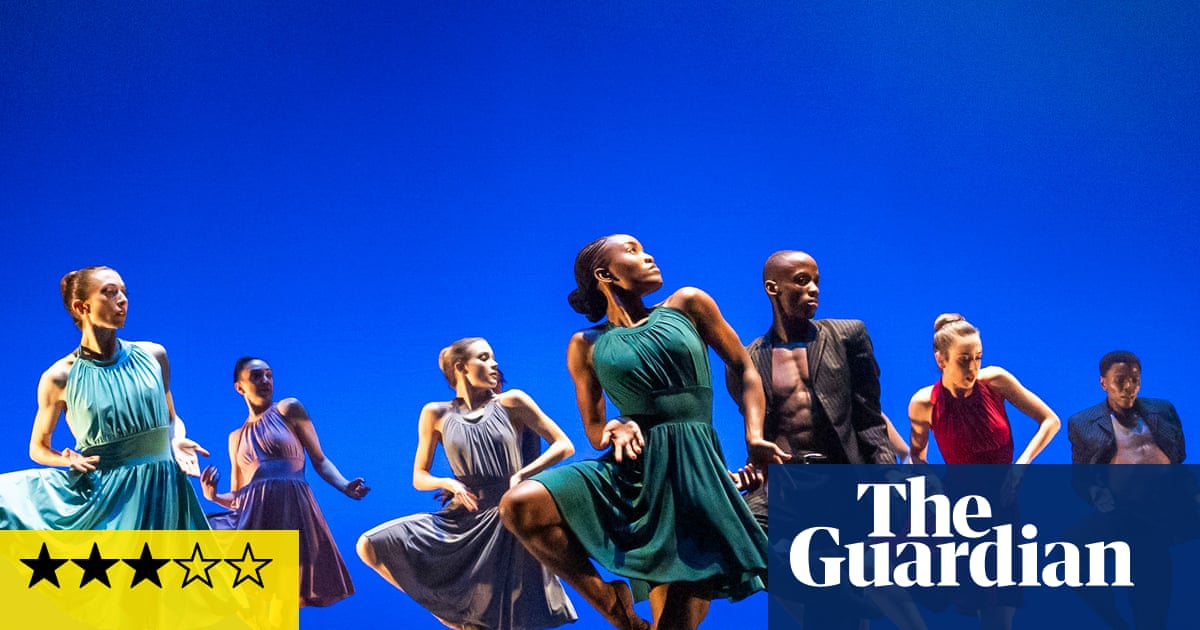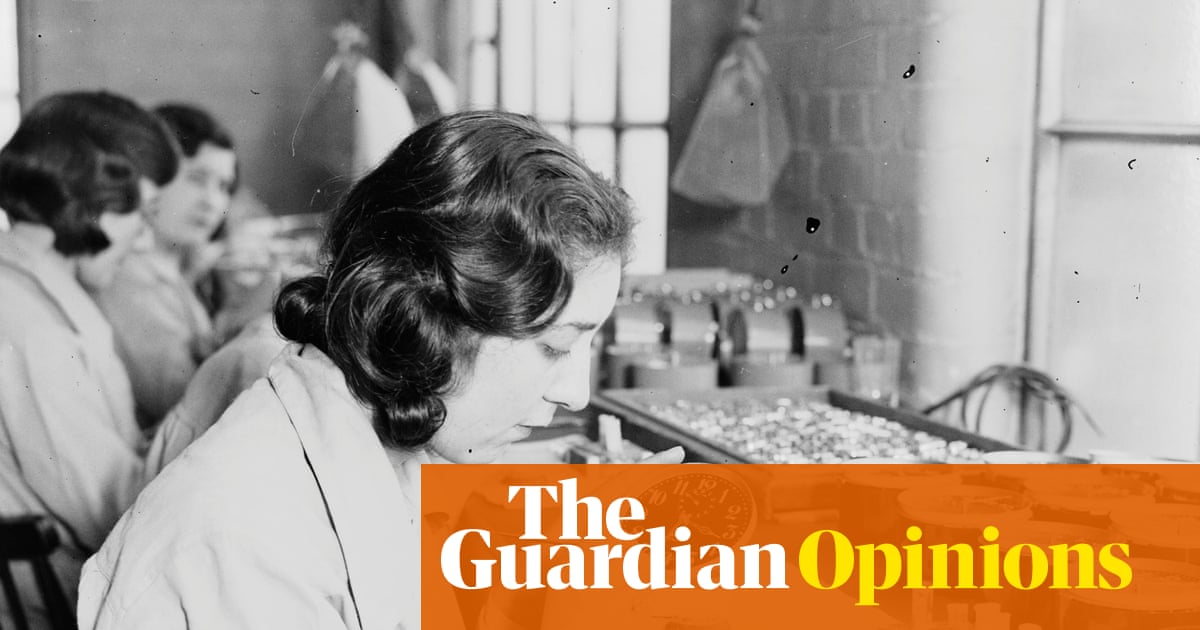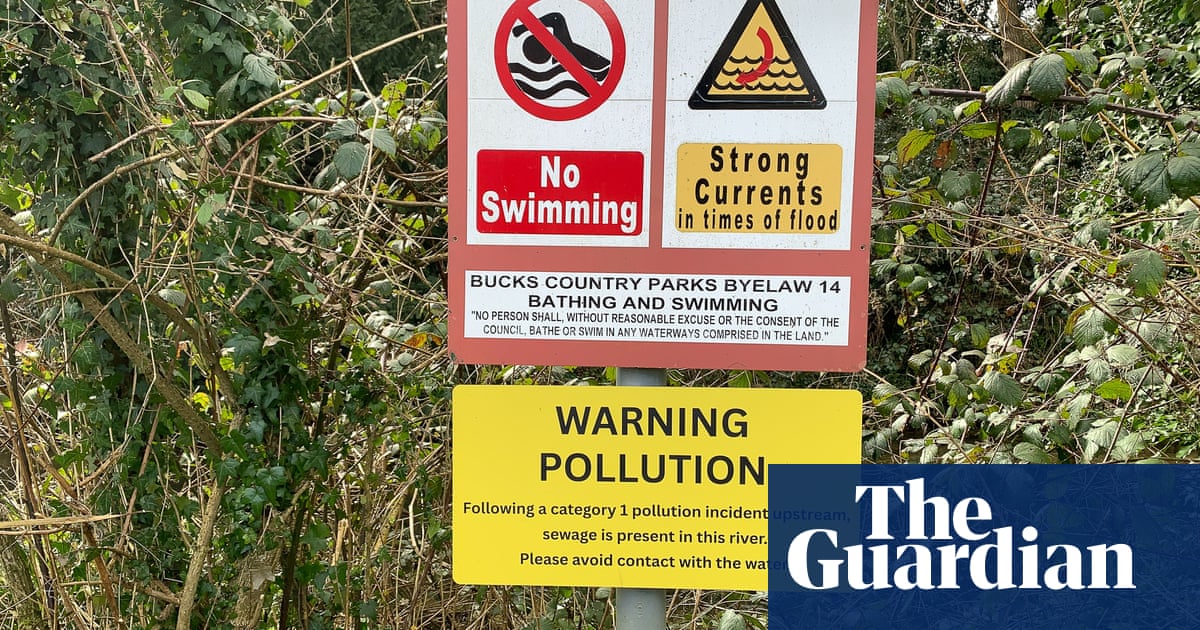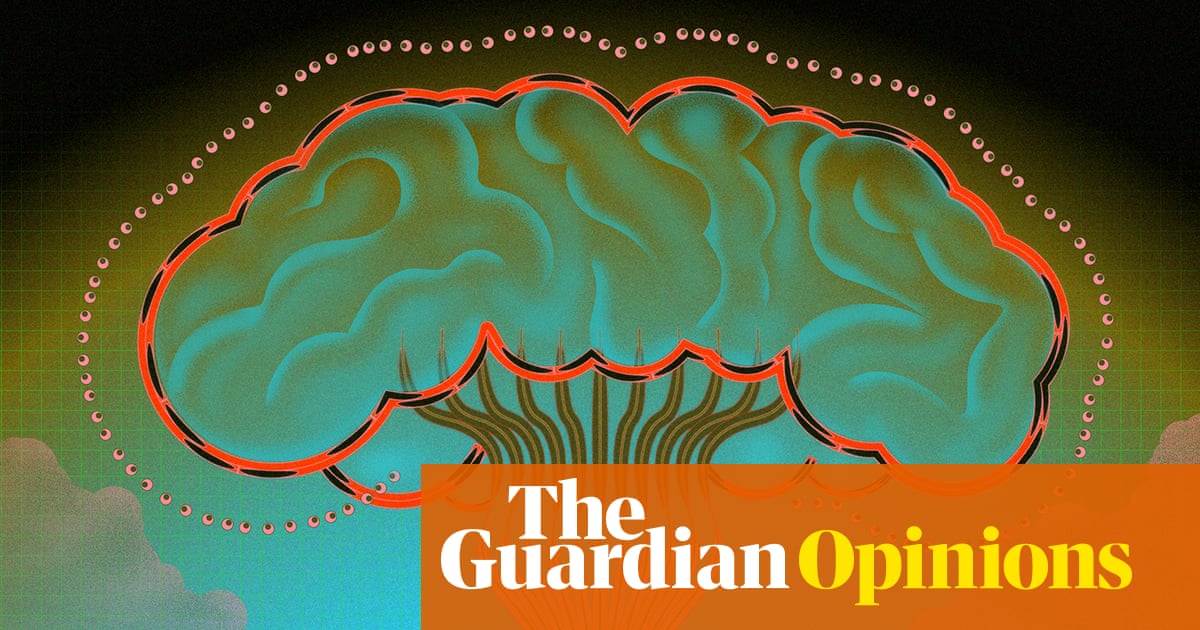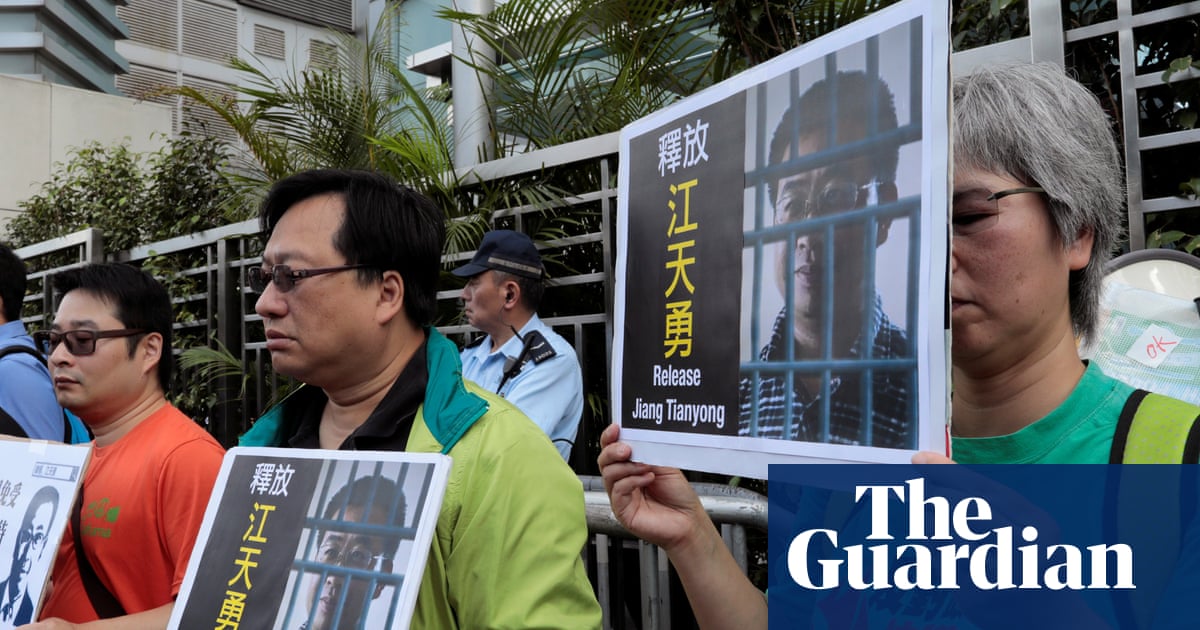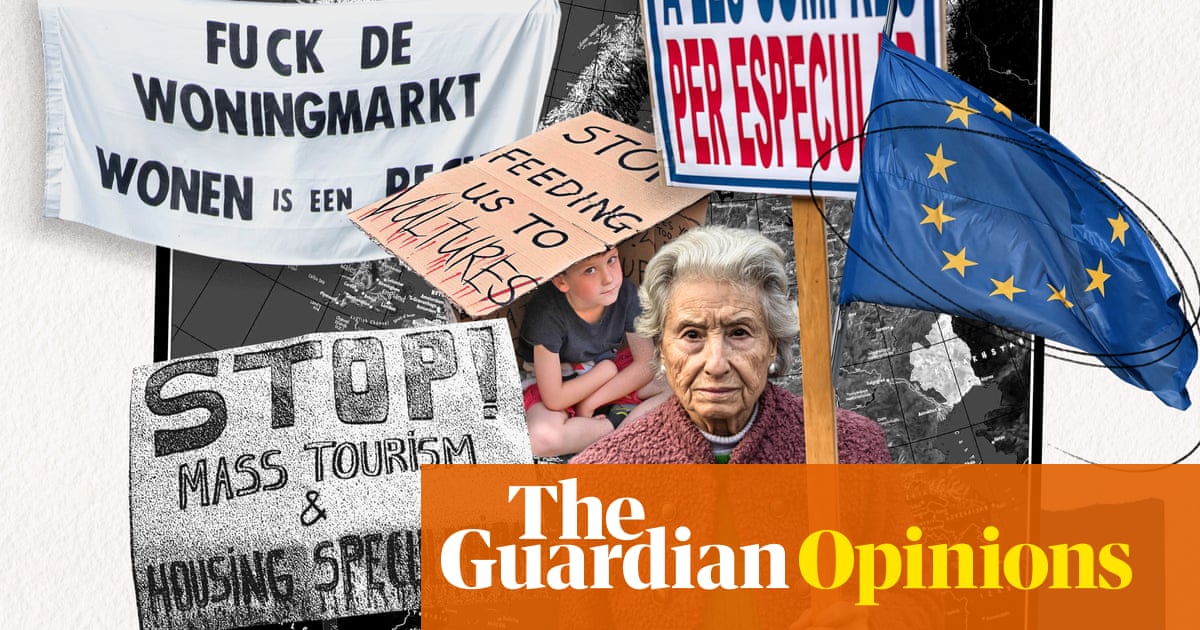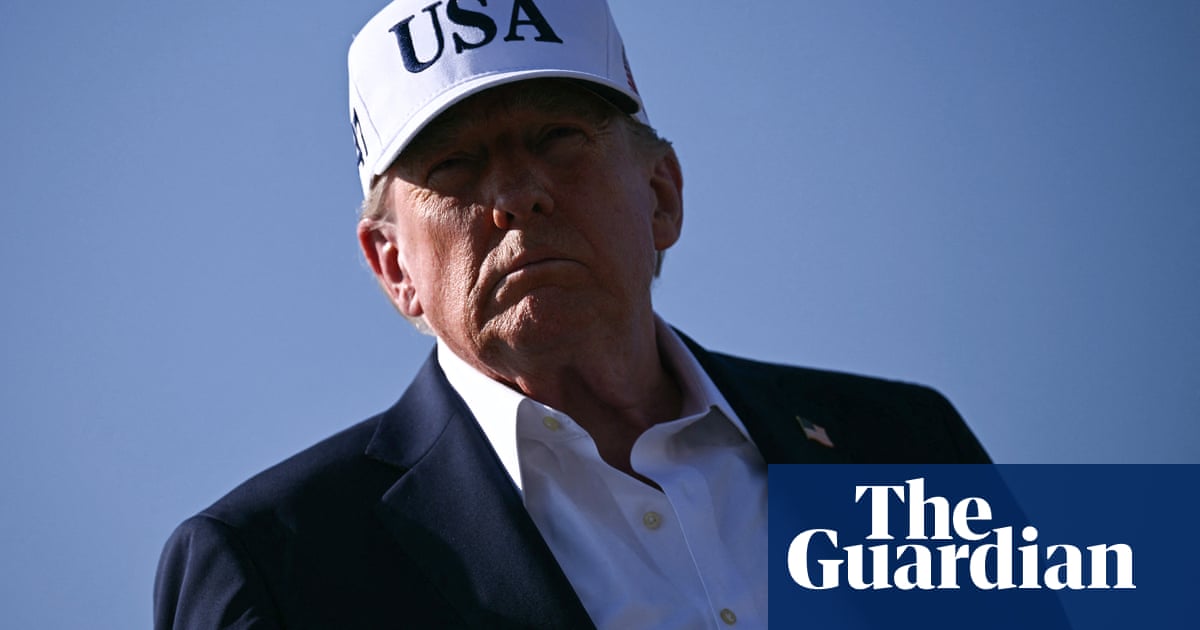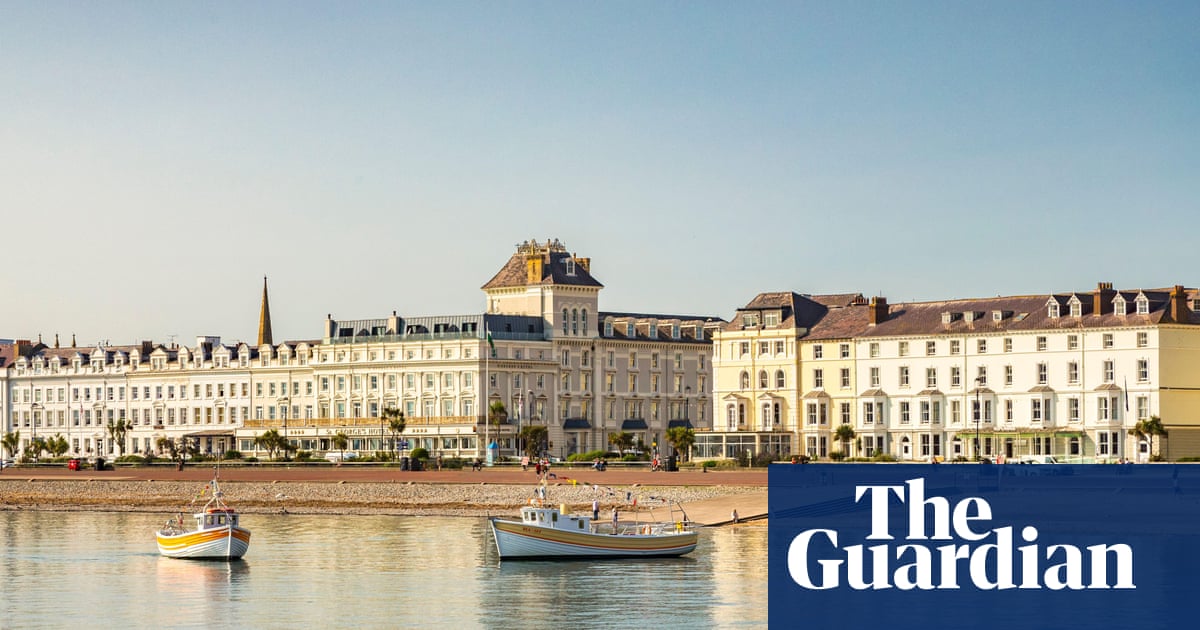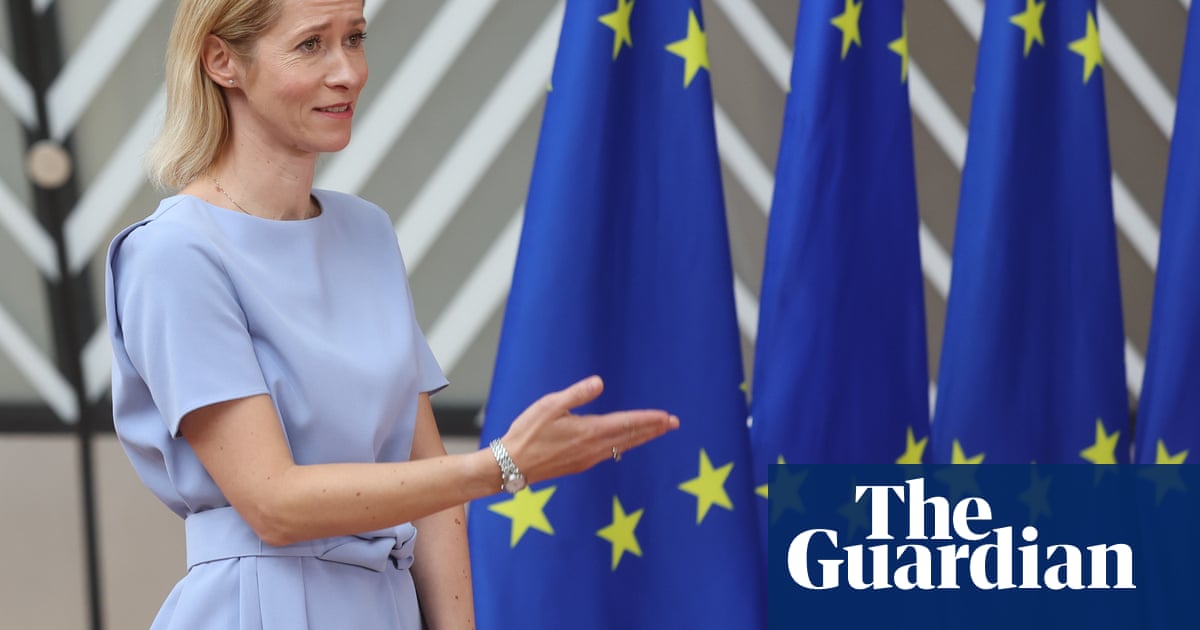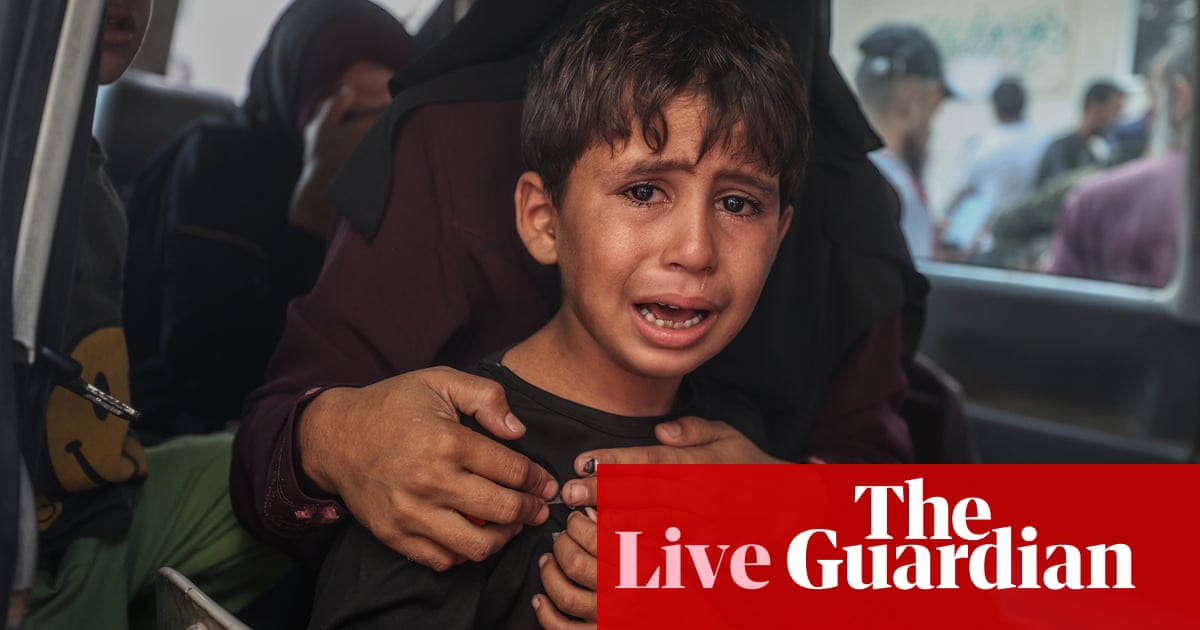Midway through a 16-day, 250-mile (400km) march from Novi Pazar to Novi Sad, Inas Hodžić was still remarkably energetic. Like thousands of other Serbian students, he was making his way to the city which, last autumn, become the scene of national tragedy.
Sixteen people were killed when the newly renovated canopy of Novi Sad’s main railway station collapsed on 1 November 2024, a disaster that critics say exposed much more than faulty construction and sparked Serbia’s largest youth-led protest movement since the fall of Slobodan Milošević.
To begin with, the students’ anger felt generalised, a howl of protest at a political system they saw as corrupt, repressive and to blame for substandard renovation work on the railway station. But, in recent months, a growing number of them have been honing their demands, calling for snap parliamentary elections to usher in a new political class.
“If, after everything, a new government fails to bring justice for the 16 victims of the canopy collapse, they will face the same fate as this government,” said Hodžić, a student from the majority Muslim city of Novi Pazar, last week.
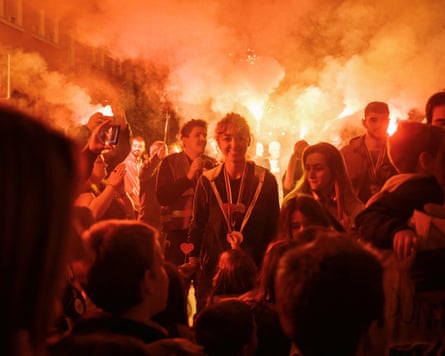
On Saturday, exactly a year on from the disaster, he will join tens of thousands of others in Novi Sad for a demonstration aimed at telling Aleksandar Vučić, Serbia’s authoritarian president, that they aren’t going anywhere. The student-led movement says it has awakened the spirit of a generation once convinced politics was pointless, and taken much of Serbian society with it.
Their dilemma, however, is clear: despite the sustained turnout, Vučić remains in place, happy to shrug off the protesters as “cowards and wretches”, as he presides over a state apparatus largely controlled by his party. In the face of such immovability, the students are contemplating where they go from here – and they don’t always agree with one another.
Last December, when they first gathered in democratic plenums to debate tactics and strategy, unity was built around a shared refusal to engage with established political institutions. That principle, once a source of strength, has now become a pronounced line of fracture.

The divisions were highlighted last week when the European parliament passed what was seen as its harshest rebuke yet of Vučić’s government. While some welcomed the show of support, student protesters at the faculty of philosophy in Novi Sad published a statement opposing what they called “obvious attempts to co-opt the student movement”.
Another flashpoint within the movement is the demand for emergency elections. Those pushing the idea have begun building an electoral list that they say draws on people from outside the country’s entrenched party system.

A large section of Serbian society backs this demand and is calling on all opposition parties to sit out elections in a show of support for the students’ candidates. Two opposition parties have already said they will.
Branislav Manojlović, a worker at Serbia’s state power company, supports the demand for elections. “The system needs to be reset, independently of political parties,” he said, “and that reset can only happen through the student electoral list, which will not be guided by party interests but by the principles of justice, solidarity and empathy.”
However, some students warn that entering the electoral arena risks diluting the movement’s original ideals. Siniša Cvetić, who joined the blockades at Belgrade’s faculty of dramatic arts, believes it has come too soon.
In recent months authorities have detained scores of university students and other protesters, trying to crush the resistance. Police have been accused of brutality toward protesters, including beatings and arbitrary detentions. They deny the allegations.
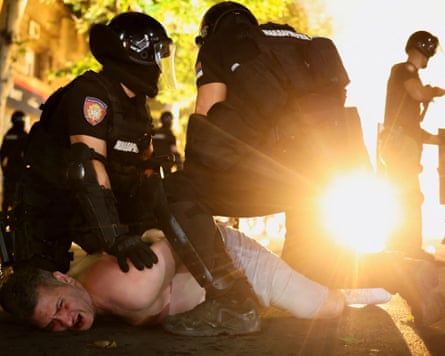
“Students were exhausted, facing constant media manipulation, repression and infiltration attempts,” said Cvetić. “The call for elections was imposed as an ‘inevitable next step’ but in essence it meant returning to the very system we initially rejected.”
Instead, he argues, the focus should have been on “developing direct democracy structures and connecting with other sectors of society, such as workers and farmers”.
Others occupy a middle ground. Ivica Mladenović, a member of the editorial board of the Journal of Contemporary Central and Eastern Europe, sees the elections as necessary yet of limited potential.
“In a context where institutions are captured, elections become a space where the monopoly of power is at least symbolically challenged,” he said. Yet, he added, that challenge “only makes sense if it’s linked to the struggle for transforming the social structure by fighting for autonomous unions, free education and independent media … If the struggle for elections turns solely into a fight for a change of government, it will lose its emancipatory potential.”
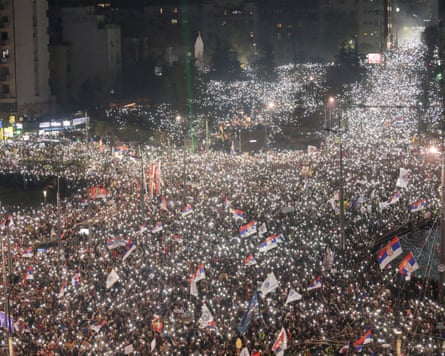
For Jana Bacevic, a sociology and philosophy professor at Durham University, the very demand for elections exposes the constraints of liberal democracy. “You cannot, except through violent revolution, move that system out of place,” she said. “It was only displaced once in Serbia’s history – not in 2000, but in 1944,” she added, referencing the communist Partisans who defeated Nazi occupation.
While no one can agree on how to move forward with the political power amassed on the streets and in blockades, there is almost unanimous agreement about what the movement has achieved already.
“The students awakened us from our collective apathy. For the first time in decades, we felt that we had the strength to bring about change, to take matters into our own hands,” Manojlović said.

Vučić has resisted calls for early elections, describing the protests as a coordinated campaign aimed at destabilising Serbia and, without providing evidence, accusing western governments of interference. In a letter to the Guardian in the summer, he wrote: “Serbia is a democracy. It will hold elections before the 2027 deadline, as it has consistently done for more than a decade, and in the meantime it is making progress on electoral reforms.”
The protesters vow not to give up. Manojlović said: “The students are teaching us how to fight for a fairer society, because elections alone won’t change everything. That’s why we must preserve what the student movement created: constant civic participation. In that way, we’ve inherited the legacy of the student movement.”

.png) 6 hours ago
7
6 hours ago
7
